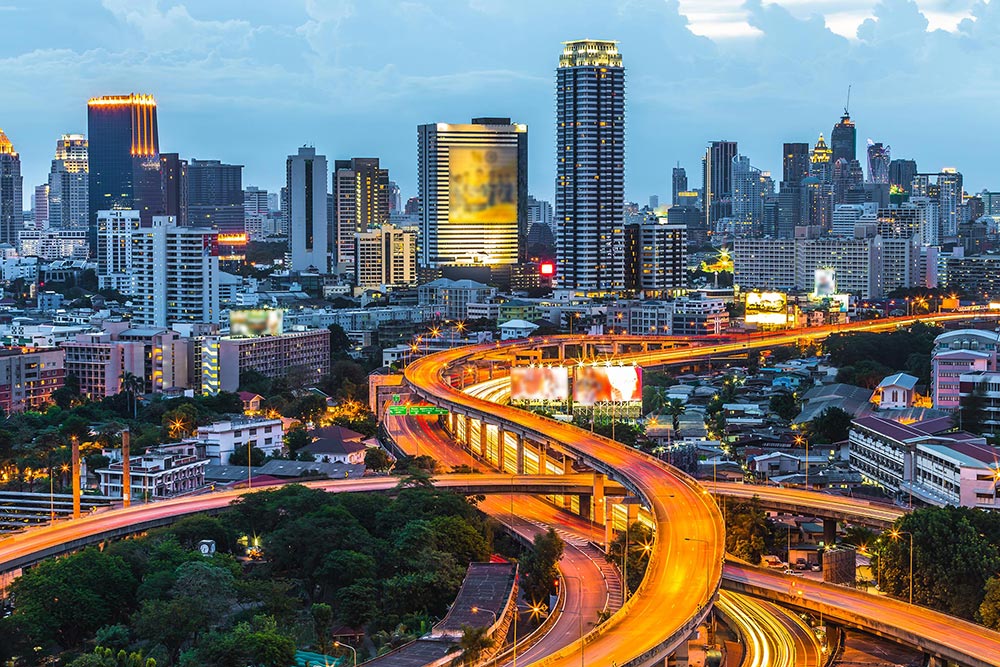Government
We pool knowledge from partners in 98 countries around the globe and use it to offer a rigorous and reliable analysis to decision makers.
Mega Sports Events

Mega sports events, such as the Olympics or the FIFA World Cup, usually give the host country, region, or city, an opportunity to achieve a milestone in socioeconomic development, gain visibility, and improve their reputation. They have the ability of boosting activity prior to the event in construction and infrastructure, and during the event in tourism and sales. However, the cost of mega sports events ballooned exponentially in the past decades leading to pressure on the host’s finances and a post-event economic recession. We work with host countries and cities to ensure long lasting and positive economic spillovers.
Real Estate and Infrastructure

Real estate and infrastructure projects give political leaders the ability to conduct legacy projects, engage in huge economic investments, and lay solid foundations for growth. These projects involve large resources and visionary leaders. Notwithstanding, financial risks and efficiency concerns should be analyzed carefully. In many countries, infrastructure is poor and people suffer from daily electricity outages and defective water and sanitation systems, just to name a few issues. Other countries suffer from the opposite, excessive infrastructure, revealed by ghost cities, empty highways, unused trains and airports, etc. We work with national and local governments to raise revenues and enhance quality, and engage the private sector.
Economic Diversification

Economic diversification is a top priority for countries depending on the export of a primary commodity, such as oil and gas. Diversification reduces volatility and vulnerability to external shocks, which allows for a more balanced growth. However, economic diversification presents several risks, such as: channeling resources to non-competitive businesses unable to survive without government support or taxing competitive businesses under the pretext of generating a new source of income for government. We partner with decision makers to establish an appropriate incentive framework, enact policy reforms, and create local institutions that would promote healthy diversification.
Education and Training

The quick advances in AI and Robotics, the rise of life expectancy, and the delay of retirement are currently widening the gap between the skills of the workforce and the needs of different countries. Businesses aspire for a labor force able to permanently update their abilities and remain competitive. Upskilling allows employees to retain their jobs and earn higher wages. Therefore, both firms and workers have the incentive to invest in training and education. Since skill mismatch diverges across regions, states, and countries and is constantly evolving, we work with public and private actors to develop local solutions based on the specific needs.
Trade and Development

Trade has been a key engine of economic growth and poverty reduction in recent decades, helping lift more than one billion people out of poverty. Open trade allows households to acquire cheaper imported goods and increases their income as workers earn more when their products are exported abroad. However, geopolitical conflicts can lead some countries to use trade barriers as a tool for economic pressure, following the rationale: my country’s loss will be smaller than the loss of my former trading partner. We work with governments and businesses to design appropriate solutions and tools to mitigate the impact of those pressures.
Money and Banking

Blockchain is a decentralized ledger able to streamline and automate operations without the need of a central intermediary. Given the absence of a third party collecting and processing data, this technology has the ability to enhance privacy, secure data accuracy, reduce the risk of fraud, show compliance through an audit trail, and increase trust among all parties. On the other hand, Cryptocurrencies use blockchain to bypass centralized currencies and overcome government regulation and a central bank’s guidance. Such new technologies raise the challenge of navigating the evolving risk.

